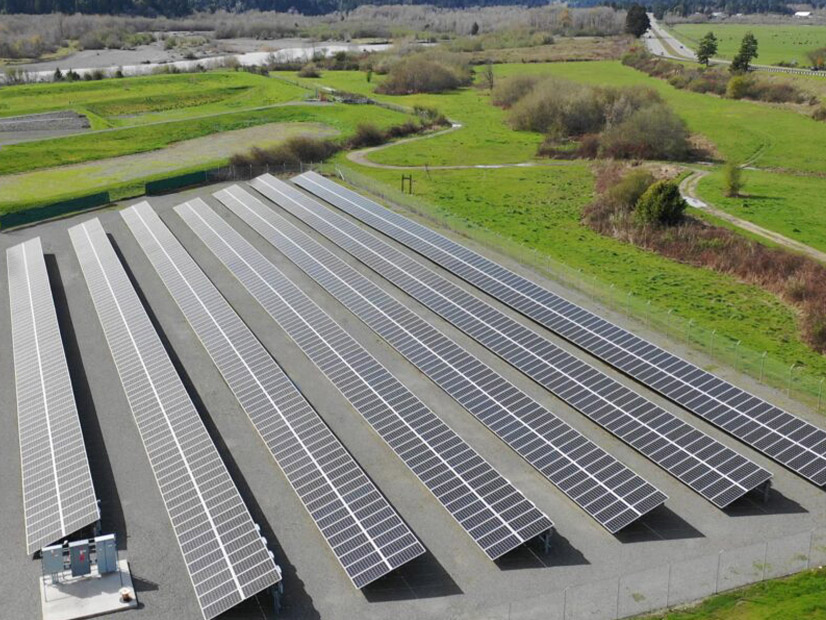SACRAMENTO, Calif. — Energy projects designed to accelerate decarbonization and strengthen reliability in vulnerable communities are receiving significant investment thanks to the California Energy Commission’s Electric Program Investment Charge (EPIC) program.
“This summer has been the hottest summer in recorded history in California and the hottest summer recorded globally,” David Hochschild, chair of the CEC, said at the Oct. 28 EPIC Symposium. “Yet another sign that we know the great challenge of our generation is climate change, and the solutions for that, the seed planting, is here in our state in California and in particular, this program.”
Tribal leaders, entrepreneurs, grid operators and energy officials convened to discuss the benefits and challenges of the EPIC program, which invests more than $130 million annually in clean energy research and development. The program aims to expand renewable energy, advance electrification, enable a more decentralized electric grid, support local economies and improve the affordability and health of local communities.
The California Public Utilities Commission established EPIC in 2012, and the ratepayer funded program has invested $1.2 billion into clean energy research, development and commercialization.
Hochschild highlighted many of California’s climate successes thus far, including reaching 61% clean energy on the grid, 26% of new vehicle sales being electric, and building 13 GW of energy storage in the past five years and 27 GW of clean energy capacity since 2018.
“Climate change is making it harder to fight climate change,” Hochschild said, but “there’s an opportunity to do some incredible seed planting for the future, and there’s already great momentum.”
‘Clean Energy Army’
The EPIC program helps to establish microgrids for several California tribes, which serve as a “refuge” from frequent blackouts and lack of reliability.
Early EPIC funding helped launch the first behind-the-meter microgrid in California on Blue Lake Rancheria territory, and up to nine tribes have followed suit.
“Our microgrids serve as a community refuge during times of crisis,” Jason Ramos, tribal council member of the Blue Lake Rancheria Tribe, said. Before the development of the microgrid, the tribe would experience intermittent blackouts that could affect key services like the health clinic and gas station.
The program also helps to fund the Tribal Energy Resilience and Sovereignty (TERAS) project, which is helping four tribes transform one of the state’s least reliable electrical circuits, the “Hoopa 1101.” The 142-mile-long line provides electricity to the Hoopa, Yurok and Karuk tribes, who experience some of the most frequent and longest duration outages in California. The project, in collaboration with the Blue Lake Rancheria tribe and the Schatz Energy Research Center, will establish three nested microgrids along the circuit to establish better reliability.
“It’s going to be a real game changer and is something that we absolutely need in the region,” Linnea Jackson, general manager of the Hoopa Valley Public Utilities District, said. “We look forward to having energy resiliency.”
The microgrid will cover 130 distribution circuit miles and serve 2,000 customers who experience an average of 100 hours of blackouts a year, explained Peter Alstone, faculty scientist at the Schatz Center.
“Everybody deserves reliable power, and when you have blackouts that frequent, people aren’t willing to invest in electric vehicles and electrified heating,” Alstone said. “This decarbonization challenge is just not on the table in places where the power is going out. So, this microgrid is a really important investment.”
Speakers also highlighted the importance of communicating effectively with tribes. Talking “to each other versus talking at each other” will accelerate progress, said Bo Mazzetti, chair of the Rincon Band of Luiseño Indians.
“Sovereign tribal governments are great partners,” Jackson said. “I really look forward to being a part of this clean energy army.”


